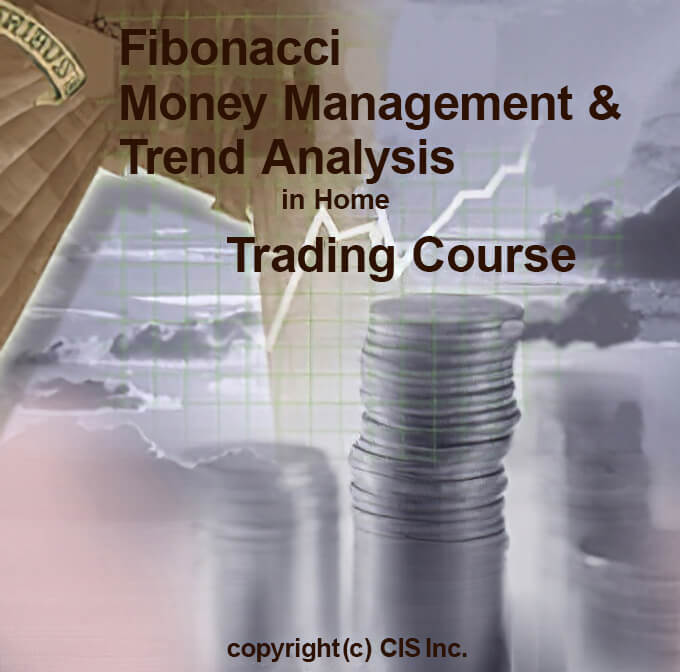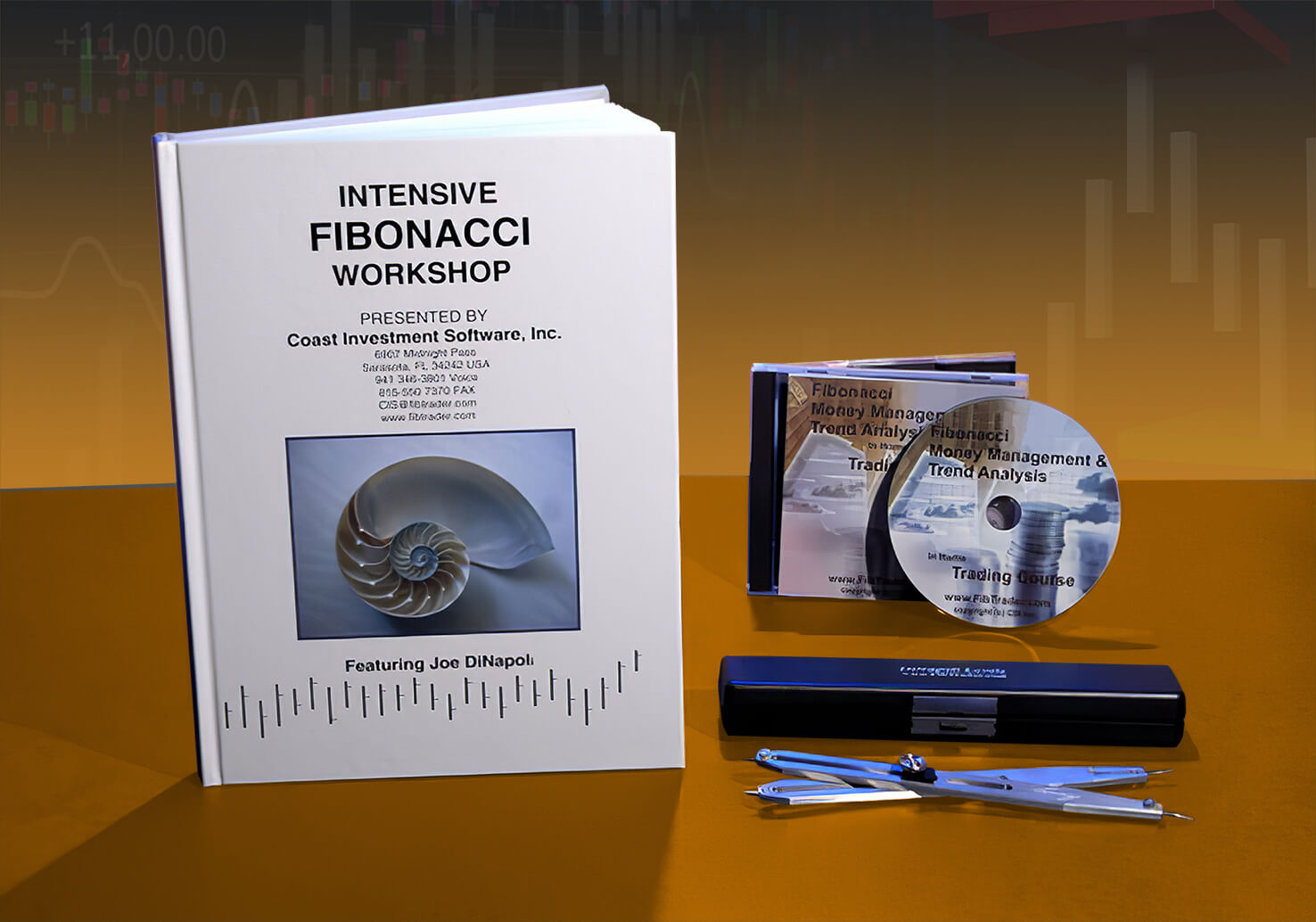The Trading course:
The Trading course is a recorded two day seminar. It consists of 9 information packed MP3 audio segments, and well over 100 pages of charts detailing the concepts taught by Joe DiNapoli. Aspects of money management, psychology and gamesmanship not taught in the book "Trading with DiNapoli Levels" are presented here in great detail.
Coast offers the Trading Course in the following form:
- Without proportional divider and application manual: $275
After 10 years, a new, updated MP3 version of the Trading course is available now! It's been re-edited, reformatted, and digitized in MP3 format. Additional charts and audio inserts have been added for improved clarity.
"Your awareness of how the game is played, the pro vs. the amateur and the in-depth instructions of your methods are very, very good."
Two day seminar, 9 information packed MP3 audio segments, and well over 100 pages of charts detailing the concepts taught by Joe DiNapoli. Aspects of money management, psychology and gamesmanship not taught in the book "Trading with DiNapoli Levels" are presented here in great detail.
Joe teaches the Leading indicator, trend, and pattern techniques that have benefited so many.
How important is money management?
Read this! »There are 3 sections in this course:
Section 1:

Segment 1:
- The Basics of Money Management
- The Importance of knowing Why we play the game.
- The fallacy of the Zero Sum game
- The cost of options
- The most dangerous trades
- Volatility and what it means to you
- Mistakes even professionals make
- Offset capability
- Good markets / Bad markets and how to tell them apart
- Mechanical Vs non-mechanical systems
- How the market works
- Defining your objectives, System hopscotch
- How to develop a Trader's feel for the market
If the instrument is liquid, you can apply this methodology. Works on Monthlies, works on 1 minute charts, and everything in between...
Segment 2:
- How to start a Futures, Equities, or Forex trading account
- How to define your time frame
- Intra-day Vs day trading, the advantages of both
- Use and misuse of margin
- Personality profile of successful traders (how do you compare?)
- The 3 period rule
- Logical profit objectives
- Risk/Reward valuations
- Rating the favorability of a system
- How to develop a Trader's feel for the market
Segment 3:
Gambling theory
- Aberrant behavior (the concept of runs)
- Idealized Vs real world trading
- When to bet light, when to bet heavy
- RUIN THEORY, How it affects you
- Why time/experience in trading is so important
- How to increase your time in the game
- Money management conclusions
Section 2:

Segment 4:
- The way I approach the Game
- The overall trade plan
- Dangerous entry techniques
- How trend and time frame relate
- Lagging indicators
- Displaced Moving Averages, Stochastic, MACD & Trend lines, how they stack up
- How to benefit from market Failures
- When to "fade" the experts and when to go with them
- Leading indicators
- Combining leading and lagging indicators across time frames
- The Detrended Oscillator and the Oscillator predictor, used for taking profits
- Rating a system, Variations and combinations of different market indicators to achieve maximum effectiveness
- Specific Displaced Moving Averages revealed
- A mechanical system with an outstanding record (fully disclosed)
Segment 5:
- How the Oscillator Predictor can be used to soup up any trend following system
- Calculation of DMA's
- Key of the day/containment of trend
- How DMA's mitigate whipsaws
- The double re-penetration (one of the strongest trend change signals there is)
- Why I had my biggest loss, ever!
- Specifics on mixing leading and lagging indicators
- Detailed discussion of The Oscillator Predictor and Detrended Oscillator
- Normalized Vs non-normalized indicators
- Traditional use of Stochastic and MACD
- How I use the Stochastic and MACD
- When and how to fade the Stochastic and MACD indicators
- Thrust and Acceleration -what it means to us
- When and how to tighten up on your stops
"The Money Management and personality aspects of successful traders, has helped me immensely."
Section 3:

Segment 6:
- Review
- The trade plan
- The traders time frame
- Introduction to Fibonacci
- Fibonacci Numbers
- Fibonacci Time counts
- Fibonacci RETRACEMENT and EXPANSION analysis
- The use of the Proportional Divider
- Detailed examples of how different time frame players handle the same markets
- Large orders and how they effect our game plan
- Stops and how they affect the movement of the markets
- Order placement techniques...filling brokers and locals, their affect on you
- How predictions by popular market Gurus affect the markets
- Combining trend and Fibonacci
- Order types?When and how to use certain order types
- Combining objectives from different waves
- What led to the 500 point down day prediction
- The Prime rate follows Fibonacci too
Segment 7:
- Confluence numbers
- Calculation of multiple reaction Fibonacci series
- Lots of details on trading techniques and fluid stop placement
- FibNode creation relating to the time frames you choose
- Moving Focus numbers
- How to break even when you're wrong the market
- What affects your decision on which FibNode to act on-especially when confronted with a long Fibonacci series
- The use of FibNodes Software
- Lineage markings
- How to handle Gaps and Thrust
- The relative importance of reaction numbers
- Fibonacci tactics, specific examples
- The deletion of "old" reaction numbers
- FibNodes as Logical Profit Objectives
- News and how it is used by competent Fib players
- How to predict market "blow offs", ahead of time
- How the attainment of Logical profit objectives effect the expectation of continued profitability
Segment 8:
- Details on Fibonacci Tactics Minesweeper, Wash and Rinse, Bonsai, Tighten Up, and more
- The importance of flat tops and bottoms
- What formation forecasts a turn in the Stochastics
- Multiple tops and bottoms, what they mean, how to play them
- The Dangers of initiating orders on breakouts
- The mechanics of trading thrust
- The Dangers of not calculating higher time frame FibNodes
- A five minute time frame bond example X'd trades and floor mechanics
- What happens when you're due a fill and you don't get one
- A monthly time frame bond example
- Tactics and strategy for post 2700 DOW
- Long and short term examples in bonds and equities
- How the 2702 DOW projection was made
- How bad ticks affect projections
Segment 9:
- The importance of diverging cash and futures indexes
- Scenarios for future market movements in S&P and Bonds
- How to trade Fibonacci Failures!
- The Fibonacci Failure that warned of the 500 point break
- 1706 DOW confluence
- Playing the Reactions back after the 500 point down day
- Comprehensive bond example
- Putting it all together...
Click Here! To be among the many Traders who have benefited from this classic Trading Course. Now re-edited
We have royalty agreements with everyone that helps us to produce a product. These must be honored.
If you have bought the Trading Course before it's upgrade to MP3 and wish to upgrade to the MP3 version, your upgrade price is $100 plus shipping. This includes the new manual and MP3 disk.
You will essentially get a new course! It will include New binder contents and a New MP3 formatted CD. To qualify you must be in our company records or have a receipt. Audits are conducted and without documentation that you have purchased the course in the past either from us or from an authorized reseller, we cannot offer the upgrade price since we would be paying more in royalties than we would receive... that would be a loosing trade! We hope you understand.
If you qualify, go to the order form and fill out the Misc. section at the bottom. The upgrade is a significant improvement on the original course and we think you will be very happy with it.
Joe DiNapoli
Pricing
First time buyers... Order the Trading Course in the form you choose
Fibonacci, Money Management and Trend Analysis In Home Trading Course without the Proportional Divider and Applications Manual
